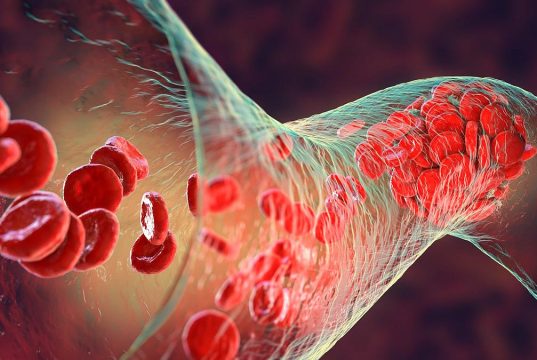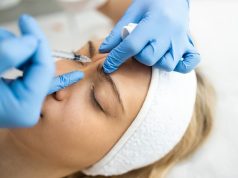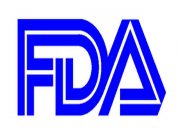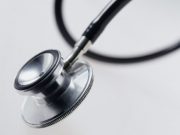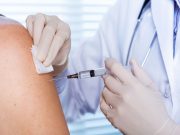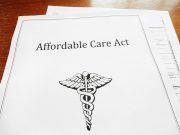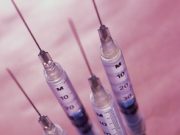Hahn Resigns as Head of FDA, Dr. Janet Woodcock New Interim Chief
A permanent FDA commissioner has not yet been nominated, but Woodcock is under consideration
Nearly One in Four Doctors Report Harassment on Social Media
No gender difference seen in personal attacks; women significantly more likely to report online sexual harassment
Rachel Levine Nominated as U.S. Assistant Health Secretary
Levine is secretary of health for Pennsylvania and is currently leading the state's response to the COVID-19 pandemic
Estrogen Therapy Need Not Stop for Gender-Affirming Surgery
Authors find that perioperative venous thromboembolism rarely occurs, regardless of suspension of hormone therapy prior to surgery
Women Forgoing Reconstruction After Mastectomy Pleased
22 percent experienced 'flat denial,' when the option of no reconstruction after mastectomy was not initially offered
Laws Promoting Flu Shot for Hospital Workers Can Cut Deaths
2.5 percent drop seen in monthly pneumonia, flu mortality rates with implementation of state laws requiring hospitals to offer flu shot
Affordable Care Act Reduced Income Inequality in United States
Income inequality reduced within and across groups based on race/ethnicity, age, family educational attainment
Vaccine Rollout Slows as Many Health Care Workers Balk at Shots
In nursing homes and to some degree in hospitals, employees are refusing shots, expressing fears of side effects
U.S. Health Care Spending Increased 4.6 Percent in 2019
Growth rate similar to that experienced in 2018 and consistent with growth rate since 2016
Inequities Seen in Accessing Telemedicine During COVID-19
Factors linked to fewer completed telemedicine visits include older age, Asian race, non-English as preferred language, Medicaid insurance


